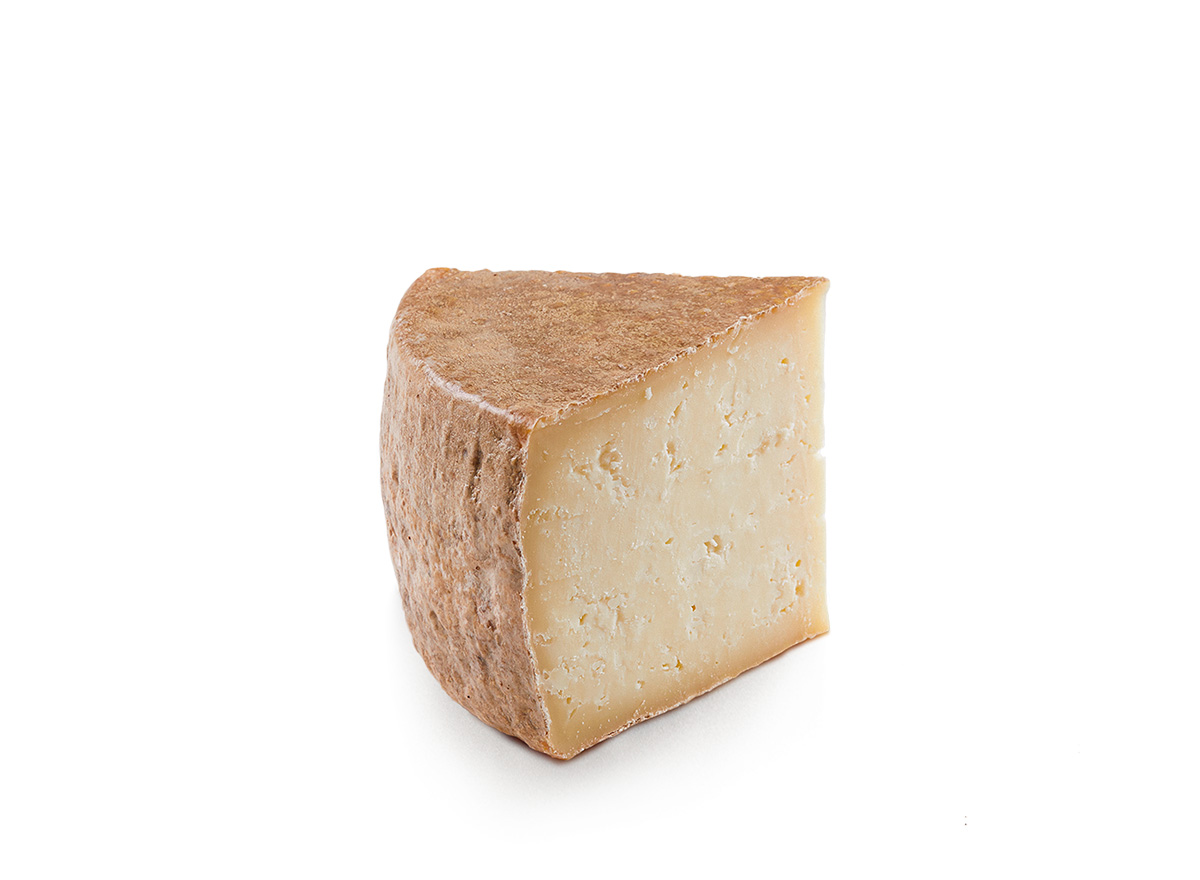
Pecorino Toscano DOP

-
DENOMINATION:
Pecorino Toscano P.D.O.
-
PRODUCTION AREA:
Tuscany; Umbria: municipalities of Allerona and Castiglione del Lago;
Lazio: municipalities of Acquapendente, Onano, San Lorenzo Nuovo, Grotte di Castro, Gradoli, Valentano, Farnese, Ischia di Castro, Montefiascone, Bolsena and Capodimonte -
TYPOLOGY:
uncooked, soft or semi-hard fat cheese, possibly with fine, unevenly distributed eyes
-
MILK:
sheep, whole, raw or pasteurised
-
CRUST:
non-edible, yellow in colour with various shades up to deep yellow, can be treated with antimould
-
SEASONING:
minimum period of 20 days (Pecorino Toscano Tenero);
minimum period of 4 months (Pecorino Toscano Stagionato) -
PRODUCTION:
September to June